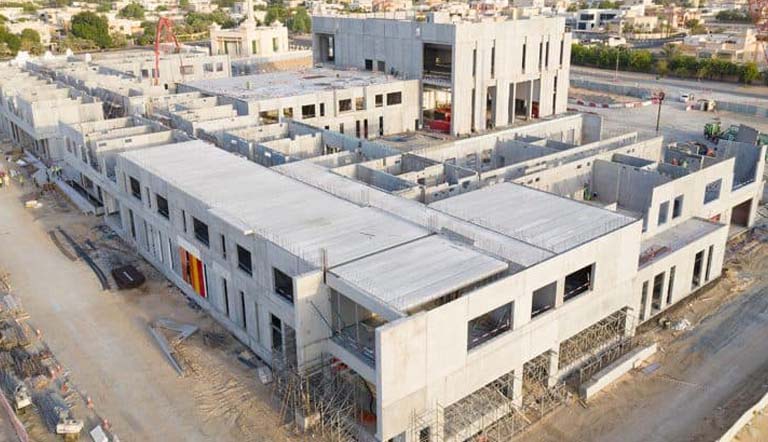
The most serious issue confronting the precast industry is the lack of a dependable and cost-effective method of joining prefabricated members. Connections are high-stress concentration locations and structural system weak points; they must withstand high forces and displacement when subjected to lateral loads transmitting joints. “Joints” are the points of action of forces that occur at the interface of two or more structural elements. While a “connection” is a group of joints that transmit forces and moments at the interface of structural members.
In general, joints are divided into three major systems:
- Standard joint system - dry joints (angles, plates, channel bars, anchors, fasteners, bolts, dowels bars).
- Wet joint emulative joint systems (rebar splices and cast-in-situ concrete).
- Dry joints mechanical joints system (bolted flanges or other steel fittings).
The failure of the connections caused the majority of the damage and collapse of precast structures. Given the performance of these connections, system, as it provides excellent lateral load resistance. These connections have a monolithic behavior, provide continuity, and contribute to the system’s structural integrity.
Connection Specifics
Connection design should be carried out to ensure that the connections can withstand the applied structural action while also meeting the functional requirements.
Connections between columns and foundations
Socket Interconnection
The socketed connection will provide a fixed base connection to the precast column, which is especially useful in low-rise precast construction. The column’s cantilever action provides lateral stability for the building, reducing the amount of horizontal and vertical bracing required. In this regard, The overturning moments in the column will be resisted in this case by properly embedding the column into the concrete socket.
Bolted or Plated Connections
This is a bolted joint between a column and a footing that is intended to withstand tension, compression, and shear. To ensure proper placement in the formwork, set the overall dimensions of the base plate slightly less than the column dimensions. To avoid voids beneath the plate, non-shrink grout should be used. It is strongly advised to use closed ties around the anchor bolts.
Mechanical Splice Joints
A mechanical splice connection is a common moment connection used to resist overturning moments and cantilever moments. These connections are used for
- Column-beam framing system columns that need to be fixed at the bottom,
- Moment resistant column splices, and
- Cantilever columns and wall panels.
Grouted Interconnections
Because the bedding joint and grout sleeves are completely filled with grout, this type of connection can be treated in the same way as in situ connections. In this case, the dowel bars can be projected upward from the column or downward from the base.
Connections from Beams to Columns
The behavior of joining the system, including beam-column connections, determines the efficiency of precast concrete structures in resisting gravity or lateral loads. The configuration and response of the connection, including strength and rotations. Building frames are affected by stiffness and ductility in a variety of ways.
The Dry Connection
They can be broadly classified into two types in the case of the dry connection between beam and column. Vertical members in type I are continuous, whereas vertical members in type 2 are discontinuous. Type 1 connections are further subdivided into (1) hidden connections and (2) visible connections. Type 2 can be divided into two categories: (a) beam ends resting on top of columns and (b) continuous beam anchored at the beams’ heads.
Concealed Connection
This connection is typically designed as a simply supported connection that must withstand enormous shear force. The beam connection may need to support one column and one column plus /two/ three/ beams.
